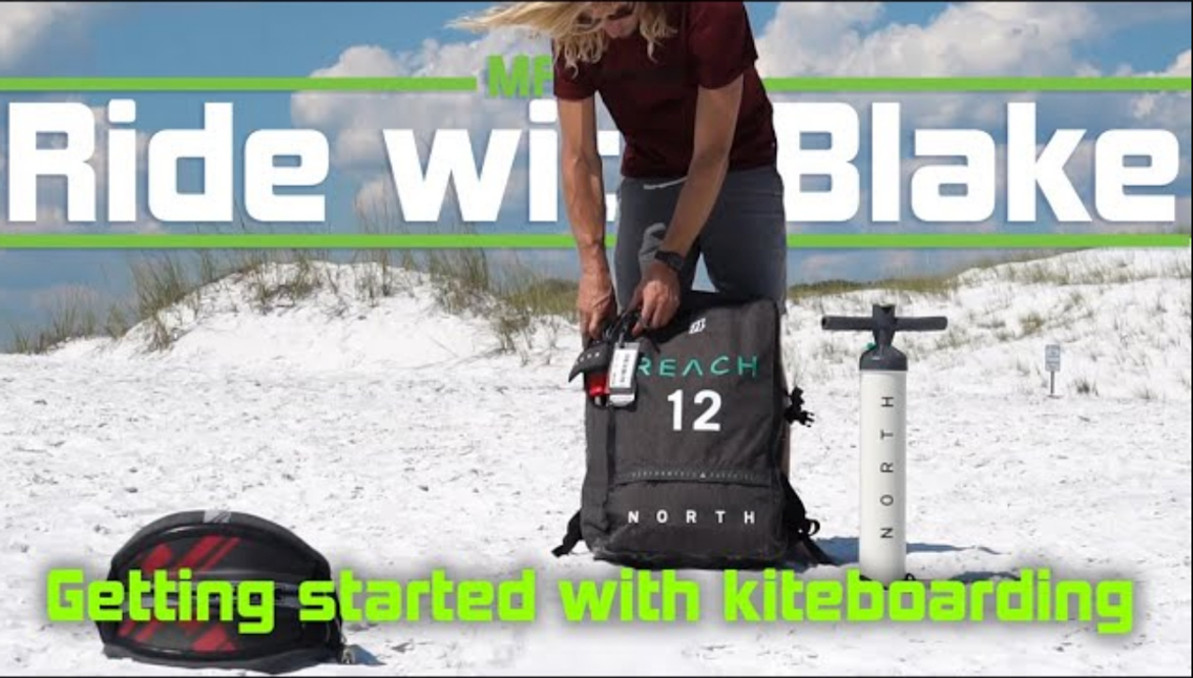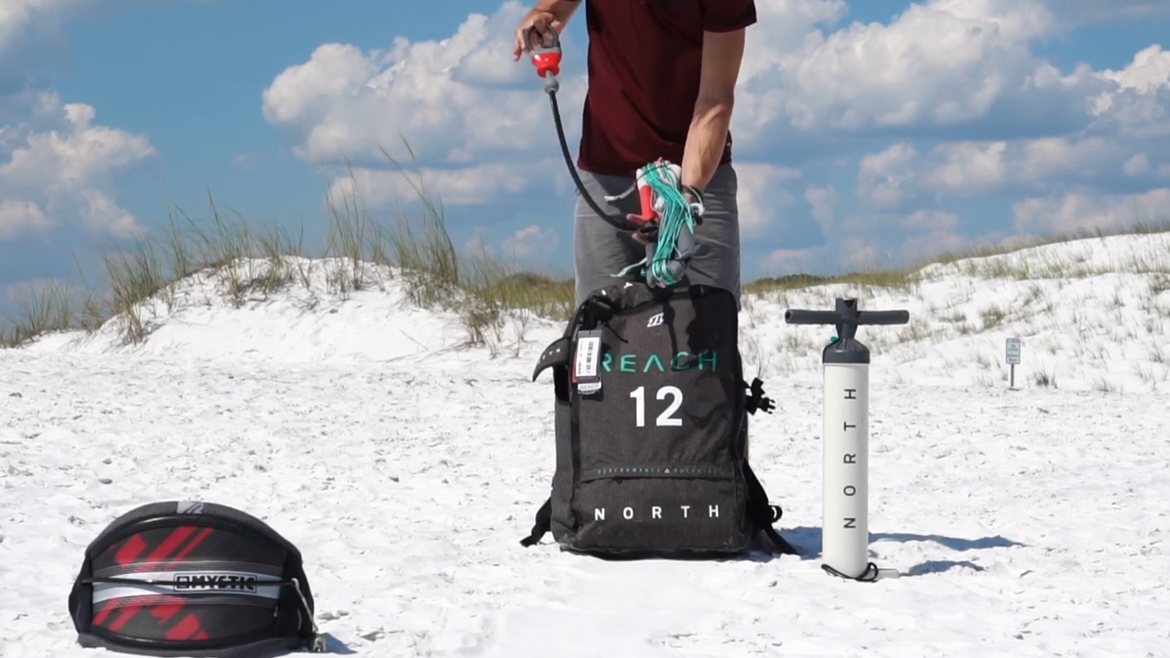Kitesurfing: Getting Started - Ride with Blake
This is the first blog of the ultimate beginner guide. This is a series meant to be used as a companion to actual kitesurfing lessons. So give this a watch before, during and after your lesson with a certified school. Do not attempt to use this as your sole source of lessons. We've left a great deal out and nothing beats real professional instruction. You will save yourself time, and most importantly you'll be keeping yourself safe and the local beaches in your area open to kiteboarding!
Today's lesson is about what you need to be a kiteboarder. We'll cover all the gear you'll need and the important things you need to know.
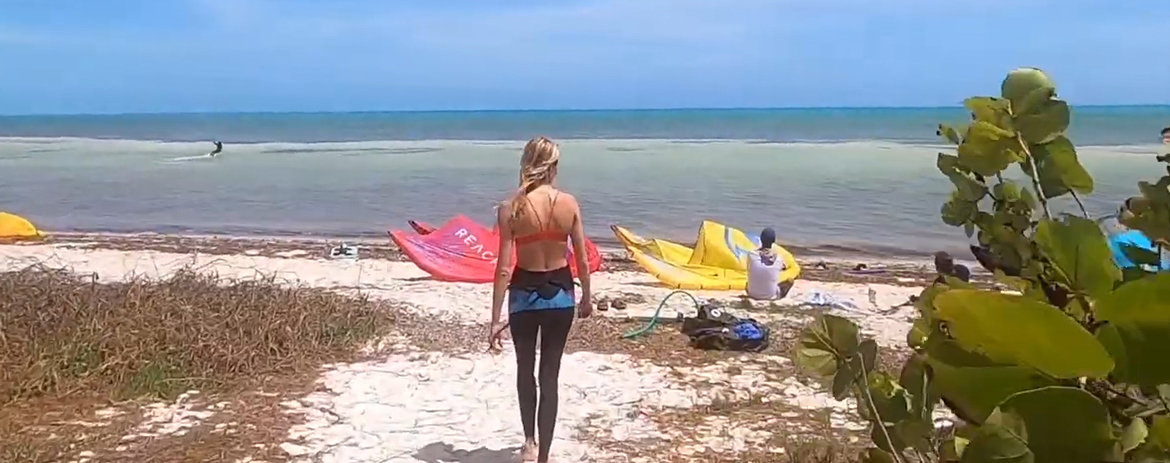
What is Kiteboarding?
Kiteboarding is an all-season, all-terrain sport. It blends a variety of sports into a fun mash-up of wakeboarding, sailing, flying and adventure. In our opinion, it's the future of all board sports. In a sense, kiteboarding is freedom. It's adventure, travel, recreation, community and so much more. While it's not as new as it once was, the rest of the world still isn't fully aware of the sport. Many people still mistakenly call it windsurfing.
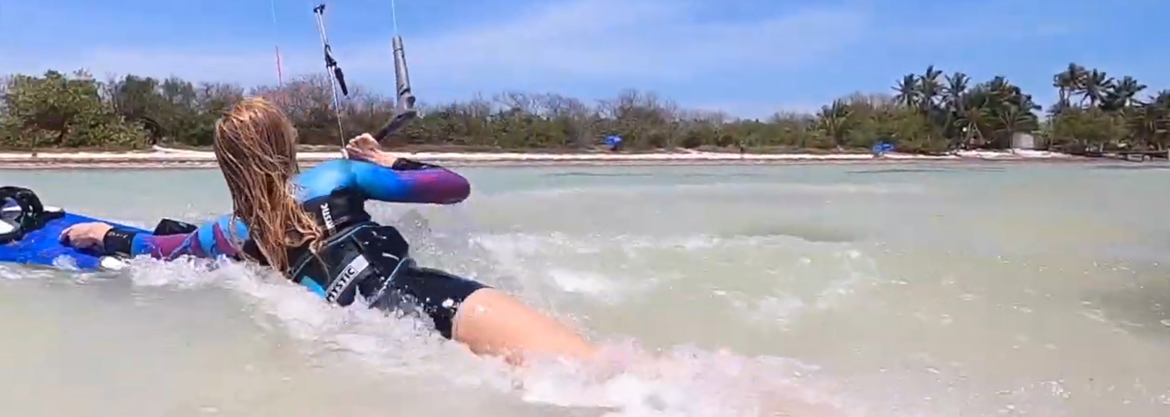
Can Anyone Learn to Kiteboard?
Yes! Almost anyone can learn to kiteboard. The sport is only as intense as you want it to be. That means for some, it's all about sending big air, throwing massive kiteloops and putting it all on the line. For others, it's about sailing. No strength required, riding on blue waters with the wind on your face and the sun at your back. For others it's about doing powered wakeboarding tricks and riding rails or kickers like snowboarding.

How Much Does Kiteboarding Cost?
Lessons can vary and are a must. Typically, a lesson can start from $400 and beyond depending on where you're learning and how many lessons you take. Your first setup, including a board, footstraps, a kite, the control bar, pump and a harness will run about $1600 to $3000.
Check out some of the packages offered online.
Kiteboarding Gear
The Kite
This is a sail that will come in a backpack. Sizes range from 3 to 19 square meters. The right size for you will vary depending on your weight and the conditions that you will be riding in. Check out this video we did on choosing a size here.
There are a wide range of styles depending on the discipline you are interested in pursuing, be that waves, big air, wakestyle or freeriding. New riders are encouraged to go with an all-around kite so they can try a bit of everything.
The Bar
This is the control bar with lines that will attach to the kite. This is what steers the kite. Kiteboarders will also hook into a loop on their bar with a harness so that the kite can pull them. These come in a variety of sizes and styles as well, from simple bars to adjustable high-end bars. Check out this video that explains bar sizing and how it impacts your kite.
The Harness
This is what you wear around your waist. It's the main connection point to the kite. There are a few variations here, too. The standard waist harness is the most common. It's simply a wide belt around your waist with a spreader bar and a hook on the front used to connect to the kite.
There are also seat harnesses similar to rock climbing harnesses. These allow the rider to sit comfortably and be pulled from a lower center of gravity. This is easier for new riders or kiteboarders who might have back issues. There are also variations of this that look like boardshorts. High-end harness will have a hard shell and stay put on a rider. These are the most popular choice as of 2020.
The Board
There are so many boards to choose from that it can be quite overwhelming, from surfboards to specific shapes. Your first board should be an all-around twintip, something easy to use that you will not outgrow too quickly. This will look something like a flat wakeboard with footpads and larger fins to make riding upwind easy.

How to Get Started
The most common path is to purchase a trainer kite. A simple 3 meter kite with two lines and a bar will get the job done. You can learn a lot with one of these and it will make a huge difference when you do actually fly a true power kite.
The next step would be to to book some lessons with a school near you or, better yet, take a trip somewhere with shallow water and consistent wind. You'll save yourself weeks of frustration and most importantly you'll learn how to keep yourself, your gear and the beaches safe. Kiteboarding is kind of like driving on the highway. It's perfectly safe but you do need to know what you are doing. The only way to get there is with professional instruction. If you can't find a school near you, give us a ring at 800 622 4655. We'd be happy to recommend something near you!
So that's it for this first lesson. Next time, we'll cover some safety basics and the wind window.
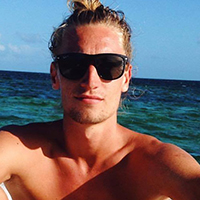
Blake Olsen
A Michigan boy through and through (even though he was born in Saudi Arabia), Blake is a youth with a lifetime of experiences and adventures. Not only that, he's passionate about sharing his zest for life with others. He is proficient at many fields, including kiteboarding and acting as concierge to any who simply ask. Looking for an adventure? Well, Blake is your guy. From sailing the Gulf and the Caribbean to backpacking Hawaii and Southeast Asia, he knows his stuff and can make your vacation into an adventure.
Webpage: BlakeTheOlsen.com
Instagram: @BlakeTheOlsen
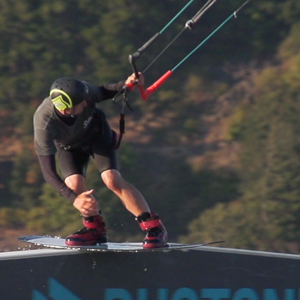 Ryan (Rygo) Goloversic
Ryan (Rygo) Goloversic
Many people dream of quitting their job, traveling the world and pursuing their passions. Rygo is one of those people who pulled the trigger. A few years into his career, he decided to change everything and travel as a kiteboarder, freelance videographer & writer. His mission is to share the stoke & help people put the boarding into their kiteboarding. Get outside and kite!
Producer of: Ride with Blake I Sessions I Versus I Destinations I Foil Fridays
Recent Posts
-
Foil Drive | Essential Maintenance Tips to Help Enjoy Your Ride
Ryan from MACkite takes a few minutes to chat with Ben from Foil Drive and pick up some ti …22nd Apr 2024 -
North Navigator Pro Quick Release | How to Swap Yours Out With Ease
What You Need Before starting the replacement process, ensure you have all the necessary t …18th Apr 2024 -
Foil Drive | Essential Tips to Supercharge Your First Session
The Foil Drive makes your foiling life easier. You'll get up easier and catch more waves, …17th Apr 2024

